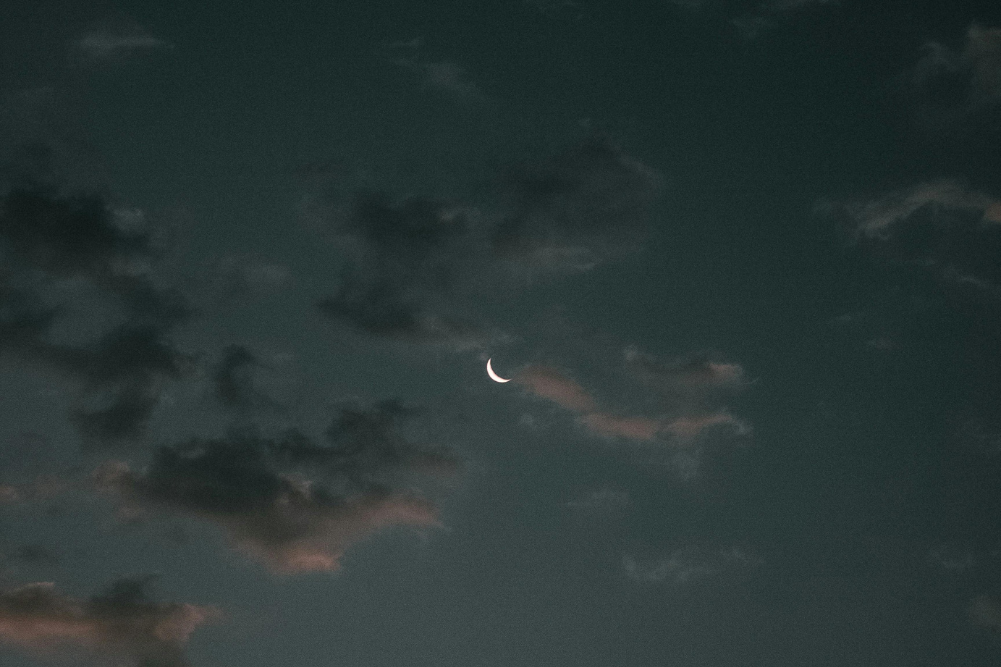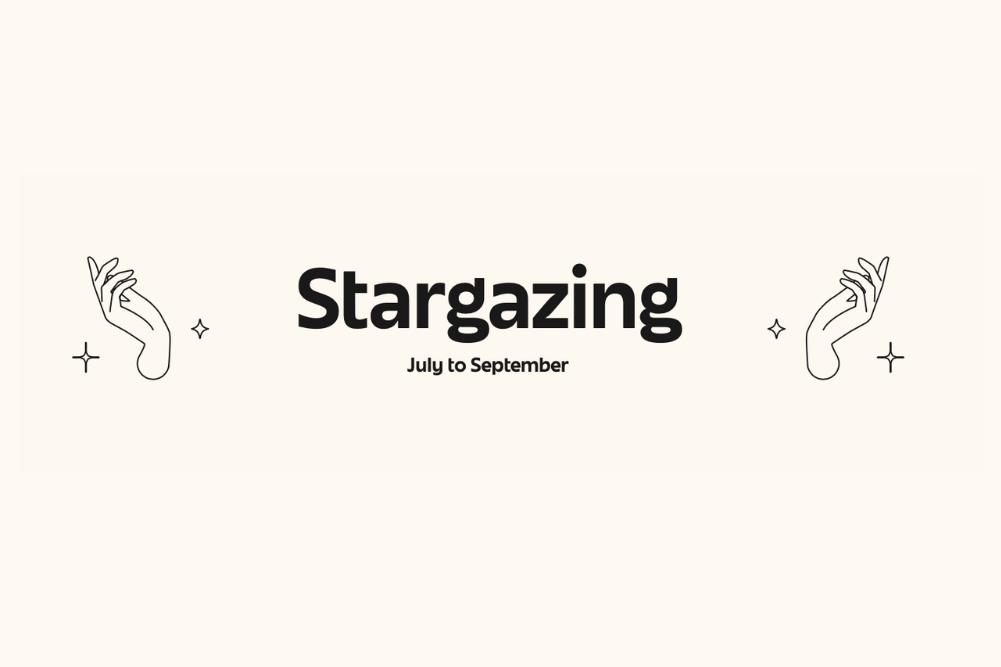All about palmistry and planets
In the Western world, if you tell people you’re an astrologer, they’ll say, “Can you guess my Sun sign?†In India, they’ll more likely offer their palms for comment. So what’s going on between these two cultures and why are their perspectives so different?
Contrasting perspectives
The West likes to separate things and categorise them, while the East likes to embrace things and find relationships. For a Westerner, astrology is astronomy applied to the affairs of man. An astrological chart is a snapshot of where all the planets were — above and below the horizon — at the minute and place of your birth. The sign in which the sun is located within that snapshot is just one of many other factors in the birth chart.
For residents of the Indian subcontinent and its largely Hindu culture, astrology is a pre-eminent tool in the hands of a seer whose considerable toolkit also includes palmistry, facial diagnosis, body markings, Ayurveda, omens, sounds, numerology and myth.
If you tell an Indian you’re an astrologer, it’s the equivalent of saying you’re a seer. They expect you to have received from your guru a well-rounded education in all the ways and means by which a seer could “read†an individual. To say you can’t read palms would be like a western doctor admitting he didn’t know how to provide a basic physical examination.
Western astrology
Astrologers in the West don’t have a strong palmistry tradition, but many of them do practise tarot and I Ching (both forms of omenology), as well as numerology. This is a good thing, even if only because it helps the consultant to become more than just a “one-trick pony†and thus allows a second perspective that can inform the consultant’s counsel or prediction.
Palmistry has long been associated with Gypsies and it’s generally accepted by historians that they carried it from India to Europe. Because of the deep and intertwined roots of both astrology and palmistry in the Vedas — the sacred scriptures of Indian Vedic culture — palmistry is intimately infused with astrological concepts, the knowledge of which can provide the trained consultant in recognising patterns in the karma the overall sheath of cause and effect that envelops the life.
Vedic astrology
Jyotish, or Vedic astrology, is a vedanga, one of the six ancillary limbs of the Vedas. Jyotish means “science of lightâ€. It simultaneously implies both the light of the planets as seen against the starry background of the sky and the inner light demanded of the seer to make sense of the patterns seen in those planets and stars, to interpret them in light of human affairs.
Jyotish is in turn divided into several aspects: observational astronomy, celestial geometry, natal (birth) astrology, horary (Q&A) astrology, elective (planning) astrology, and omens, or nimitta.
Nimitta itself is further divided into another eight types, one of which is anga, or the analysis of limbs, of which the hands are the most unique and individual. Palmistry itself is called hasta samudrika shastra, which can be loosely interpreted as the knowledge of “the ocean of signs and symbols found in the handâ€.
A palmist approaches his or her subject in stages, moving from the gross to the subtle. With palmistry, one begins to analyse hands from across the room via the shape of palm and length of fingers. As we come closer and touch the hand, we note skin texture, temperature, moisture, colour and flexibility. We can then examine the palm itself for the length and shape of major and minor lines and look closer still to study the nails and fingerprints. The major elements of the hand are associated with astrology’s main players — the planets that move across the zodiac in a unique passion play reflecting the life of man. In classical astrology, these are the Sun and Moon, the so-called luminaries, as well as the five visible planets — Mercury, Venus, Mars, Jupiter and Saturn. Although telescopes of one kind or another have progressively revealed the presence of outer planets — Uranus, Neptune and Pluto — not to mention thousands of asteroids in our solar system, these do not play a role in classical astrology or palmistry. A quick glance at the hand schematic shown here reveals how the major elements of the hand, that are in turn associated with the seven visible celestial bodies, are mapped out. My first encounter with palmistry occurred around age 15 when I read Ian Fleming’s Casino Royale. In one scene, James Bond examines the hand of a woman he’d met, palpating her Mount of Venus to assess her sexual vigour. From that point, I was definitely intrigued and it was thereafter an open question as to whether I’d become a spy or a palmist. Luckily for the world of international espionage, I chose the path I did, but I’m still as interested as ever in checking out the Mount of Venus. Indeed, basic palmistry protocol suggests you should start with the thumb, indisputably the most important digit on the hand. Sir Isaac Newton was reputed to have remarked, “In the absence of any other proof, the thumb alone would convince me of God’s existenceâ€. The function of the thumb, as opposing digit to the four others, gives it a unique and remarkable role in the hands of all primates, allowing the use of tools, without which mankind could never have evolved to such a degree. The Mount of Venus is located in the large muscle within the palm at the base of the thumb. Its limits are defined by the Lifeline, which curves around that quadrant of the palm. As James Bond understood, it is indeed a measure of vitality, both in the literal sense of bodily vigour, but equally so in the sense of a vital personality, or a life of vitality. In astrology, Venus rules the signs of Taurus and Libra, which are associated respectively with the physical comforts of life such as money, food, clothing and all ornamentation, but also the less tangible comforts of life in the form of family, personal and social relationships. In Sanskrit, Venus is called Shukra, which sounds remarkably like sucre — French for “sugarâ€. Just as a sweetener in food delights the tastebuds, the gifts of Venus similarly reward an ordinary existence with pleasure, whether aesthetic or visceral. Thus, the Mount of Venus is a rough-and-ready measure of the individual’s capacity to implement the principle of carpe diem — to seize the day and, by implication, the things that make us happy. A strong and fleshy Mount implies primal and psychological energy and the drive or passion to put it to work. Further along the thumb, the middle phalange represents logic, organisation and planning, while the uppermost phalange of the thumb indicates the willpower to execute those plans. The index finger is associated with Jupiter. In Sanskrit, the name for Jupiter is Guru, so this finger is very much associated with the primary functions of the guru: counsel and education. In classical astrology, Jupiter rules the two signs of Sagittarius and Pisces, associated respectively with teaching and philosophy and with mysticism and devotional surrender. A long Jupiter finger may indicate a natural advisor or teacher, a person of self-awareness and self-confidence who has come to the role of dispensing advice naturally. On the other hand, a short index finger can suggest someone whose confidence has been eroded by the criticism of others — family, teachers, bosses — to the degree that they’ve become introspective and observant of the human condition, which in itself is a common precursor to socio-psychological studies that may ultimately lead to a career in social work or psychology. As in astrology, so it is in palmistry — one swallow doth not a Spring make. Always look for corroboration — multiple evidence of a formative theme in the birth chart and/or the hand. At the base of the index finger, in the fleshy pad of the palm immediately adjacent to that finger, is the Mount of Jupiter. Look here for minor markings. A short diagonal on that Mount, more or less parallel to the crease at the base of the finger, is called the Ring of Solomon. Taken from the Bible story wherein the wise man Solomon arbitrated the case of two women fighting over the same baby, it suggests insight, wisdom and counselling skills. Generically, it’s the mark of a consultant in some area of expertise. It’s not the subject that matters so much as the process of listening, digesting and then providing relevant advice within the context of some knowledge base (partially) shared by the client. Likewise, within that same Mount, look for fine lines that form squares or rectangles. These are called “teacher’s squares†and suggest the individual’s affinity for teaching and education. Sometimes, this will take a mundane form, such as sales and marketing, but can just as likely indicate a teacher, professor or tutor. The middle finger is associated with Saturn. In classical astrology, Saturn rules the two signs of Capricorn and Aquarius, associated respectively with business, organisations, science, social order and the status quo. The middle finger provides the main structural axis of the hand, its length providing a benchmark against which the two adjacent fingers are judged long or short. A straight Saturn finger suggests a structured or disciplined lifestyle, while a bent middle finger is associated with some degree of deviance, in pursuit of either self-development or self-indulgence. Markings in the Mount of Saturn, in the fleshy pad of the palm immediately below the middle finger, may further indicate a Spartan or regimented existence. The ring finger is associated with the Sun. In astrology, the Sun rules Leo, the sign of royalty, command and control, self-expression and self-indulgence. A long Sun finger may indicate a person with a drive to express themselves through sports, love affairs, artistic creativity or entrepreneurial pursuits. Given the right reinforcement, both in the Mount of the Sun immediately below the ring finger, or in a lengthy and well-etched line that drops vertically from that finger down into the palm of the hand, you might anticipate a person with a sexual, artistic or gambling disposition. On the other hand, if the ring finger is short, the person is more likely to be conservative in all those same respects. From a scientific perspective, new research in the US has proven that measuring the respective lengths of children’s index and ring fingers can predict their performance on SAT tests (university and college entrance tests in the US). Exposure to testosterone in the womb promotes aggression and risk-taking, as well as brain development associated with spatial and mathematical skills, while the physical gauge of all that is the length of the ring finger. Studies of top financial traders, who are aggressive and risk-taking number crunchers, have now validated this hypothesis. Similarly, exposure to oestrogen in the womb strengthens areas of the brain associated with verbal facility, meanwhile lengthening the index (Jupiter) finger. This confirms the long-observed phenomenon of the sexes — that women are generally more literate than men, who are themselves inclined to be more numerate. Future studies are planned to delve further into digital markers for other cognitive functions, including dyslexia and technophobia. The pinkie, or little finger, is related to Mercury. In astrology, Mercury rules the two signs of Gemini and Virgo, associated respectively with curiosity, ideas and communication, as well as discernment and analysis. A long Mercury finger may reflect a powerful curiosity that plays itself out in travel, sexual interests and intellectual pursuits. A short little finger may suggest some stunted behaviour around the very same activities. A straight Mercury finger will imply forthrightness and honesty in sexual or intellectual matters, while a crooked finger could suggest some element of deviant behaviour, such as concealing from your lover the deep crush you have on a co-worker or neighbour, or a tendency to embellish the truth or fabricate stories of one kind or another. Needless to say, from a palmistry point of view, virtues can be evils, or vice versa, depending on context. I want my accountant to be honest and play it by the books, but I want my comedy co-writer to be wildly inventive and off-the-wall. On the side of the hand opposite the thumb, in what might be called the heel of the palm, is the Mount of the Moon, which takes up a good portion of that quadrant. In astrology, the Moon rules the sign of Cancer, which is associated with the unconscious mind, nurture, fluids of every kind and the public. Commonly enough, the major “fate line†that descends vertically through the palm may veer over into the mount of the Moon. If so, it’s safe to assume the person’s career could have something to do with public exposure — sales and marketing, teaching, social or health care, even a career in the arts. Alternatively, a fate line descending into this zone might also indicate the crossing of oceans, as in distant travel. On quite a different note, a minor horizontal line found cantered in the Mount of the Moon is called a “poison lineâ€. The name alone implies harmful nurture or biochemical pollution of the body, whether innocently and passively in the form of food sensitivities and allergies, or actively and wilfully pursued as some form of substance abuse, ranging across a wide spectrum of tobacco, alcohol, recreational drugs and/or misuse of one’s pharmaceutical prescriptions. Further up the hand and running horizontally across the palm in the space that lies between the two more-or-less horizontal lines of the upper Heart Line and the lower Head Line is the Plain of Mars. In astrology, Mars rules the signs of Aries and Scorpio, associated respectively with the courage and skill to fight or use weapons, whether in the crude form of police and militia who defend social order or in the subtler forms of doctors and psychologists who use their skills to protect the physical or mental health of individuals. Loops and whorls, similar to the skin ridge patterns of fingerprints themselves, can sometimes be found within the Plain of Mars. When located near the (radial) side of the thumb, such patterns may indicate recuperative powers, fighting spirit and independent enterprise, while at the other end of that zone, the ulnar side of the palm, similar patterns may indicate a strong sexuality, an interest in martial arts and thrill-seeking adventures that include travel. Both suggest a love of rhythm and percussion instruments. In practice, astrology and palmistry work hand in hand because they are both branches from the same tree of life. But if you want to get a quick handle on people you meet or are looking for a few rules of thumb to assess personal behaviour and its obvious effect on relationships or careers, palmistry is the place to start. It’s relatively easy to learn compared with astrology, and a good book or course of instruction can soon provide all you need to start using this ancient art in a practical way.
Physical features of the hand
Mount of Venus
Your Jupiter finger
Saturn’s finger
The Sun and finger length
Your pinkie and Mercury
The Moon and your palm
The Plain of Mars
Tree of Life







